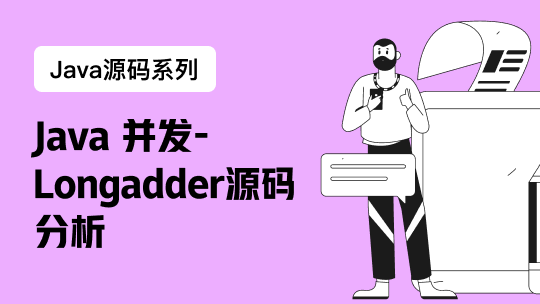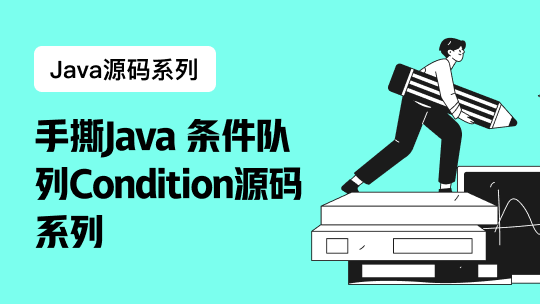JavaBeans
A JavaBean is a class that follows the JavaBeans conventions as defined by Sun. Wikipedia has a pretty good summary of what JavaBeans are:
JavaBeans are reusable software components for Java that can be manipulated visually in a builder tool. Practically, they are classes written in the Java programming language conforming to a particular convention. They are used to encapsulate many objects into a single object (the bean), so that they can be passed around as a single bean object instead of as multiple individual objects. A JavaBean is a Java Object that is serializable, has a nullary constructor, and allows access to properties using getter and setter methods.
In order to function as a JavaBean class, an object class must obey certain conventions about method naming, construction, and behavior. These conventions make it possible to have tools that can use, reuse, replace, and connect JavaBeans.
The required conventions are:
The class must have a public default constructor. This allows easy instantiation within editing and activation frameworks.
The class properties must be accessible using get, set, and other methods (so-called accessor methods and mutator methods), following a standard naming convention. This allows easy automated inspection and updating of bean state within frameworks, many of which include custom editors for various types of properties.
The class should be serializable. This allows applications and frameworks to reliably save, store, and restore the bean's state in a fashion that is independent of the VM and platform.
Because these requirements are largely expressed as conventions rather than by implementing interfaces, some developers view JavaBeans as Plain Old Java Objects that follow specific naming conventions.
POJO
A Plain Old Java Object or POJO is a term initially introduced to designate a simple lightweight Java object, not implementing any javax.ejb interface, as opposed to heavyweight EJB 2.x (especially Entity Beans, Stateless Session Beans are not that bad IMO). Today, the term is used for any simple object with no extra stuff. Again, Wikipedia does a good job at defining POJO:
POJO is an acronym for Plain Old Java Object. The name is used to emphasize that the object in question is an ordinary Java Object, not a special object, and in particular not an Enterprise JavaBean (especially before EJB 3). The term was coined by Martin Fowler, Rebecca Parsons and Josh MacKenzie in September 2000:
"We wondered why people were so against using regular objects in their systems and concluded that it was because simple objects lacked a fancy name. So we gave them one, and it's caught on very nicely."
The term continues the pattern of older terms for technologies that do not use fancy new features, such as POTS (Plain Old Telephone Service) in telephony, and PODS (Plain Old Data Structures) that are defined in C++ but use only C language features, and POD (Plain Old Documentation) in Perl.
The term has most likely gained widespread acceptance because of the need for a common and easily understood term that contrasts with complicated object frameworks. A JavaBean is a POJO that is serializable, has a no-argument constructor, and allows access to properties using getter and setter methods. An Enterprise JavaBean is not a single class but an entire component model (again, EJB 3 reduces the complexity of Enterprise JavaBeans).
As designs using POJOs have become more commonly-used, systems have arisen that give POJOs some of the functionality used in frameworks and more choice about which areas of functionality are actually needed. Hibernate and Spring are examples.
Value Object
A Value Object or VO is an object such as java.lang.Integer that hold values (hence value objects). For a more formal definition, I often refer to Martin Fowler's description of Value Object:
In Patterns of Enterprise Application Architecture I described Value Object as a small object such as a Money or date range object. Their key property is that they follow value semantics rather than reference semantics.
You can usually tell them because their notion of equality isn't based on identity, instead two value objects are equal if all their fields are equal. Although all fields are equal, you don't need to compare all fields if a subset is unique - for example currency codes for currency objects are enough to test equality.
A general heuristic is that value objects should be entirely immutable. If you want to change a value object you should replace the object with a new one and not be allowed to update the values of the value object itself - updatable value objects lead to aliasing problems.
Early J2EE literature used the term value object to describe a different notion, what I call a Data Transfer Object. They have since changed their usage and use the term Transfer Object instead.
You can find some more good material on value objects on the wiki and by Dirk Riehle.
Data Transfer Object
Data Transfer Object or DTO is a (anti) pattern introduced with EJB. Instead of performing many remote calls on EJBs, the idea was to encapsulate data in a value object that could be transfered over the network: a Data Transfer Object. Wikipedia has a decent definition of Data Transfer Object:
Data transfer object (DTO), formerly known as value objects or VO, is a design pattern used to transfer data between software application subsystems. DTOs are often used in conjunction with data access objects to retrieve data from a database.
The difference between data transfer objects and business objects or data access objects is that a DTO does not have any behaviour except for storage and retrieval of its own data (accessors and mutators).
In a traditional EJB architecture, DTOs serve dual purposes: first, they work around the problem that entity beans are not serializable; second, they implicitly define an assembly phase where all data to be used by the view is fetched and marshalled into the DTOs before returning control to the presentation tier.
So, for many people, DTOs and VOs are the same thing (but Fowler uses VOs to mean something else as we saw). Most of time, they follow the JavaBeans conventions and are thus JavaBeans too. And all are POJOs.













